Although Londinium (as the Romans once called it) vanished nearly two millennia ago, Roman London remains firmly rooted in the city’s identity.
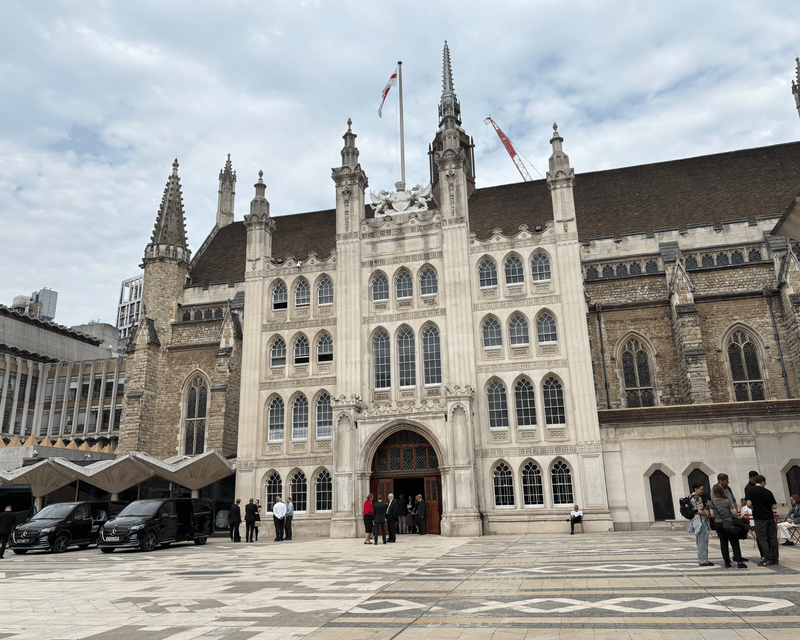
Beneath the glass towers and busy streets, traces of the ancient settlement still survive, reminding us that it was the Romans who first shaped London into the capital of England and gave it a name that has endured through the centuries.
But the Romans’ influence is more than symbolic. From stone walls that once defended the city to temples hidden underground, the Romans left behind physical remains that can still be explored today. These ruins, artefacts and obscure details offer a rare glimpse into daily life nearly 2,000 years ago, remnants of a time when London was just beginning its journey to becoming one of the world’s great cities.
So, what exactly is left of Roman London in 2025, and where can you experience it for yourself?
Join us as we uncover the most remarkable sites and hidden corners where the Roman past is still alive beneath modern London.
And just so you know - we’re not paid by anybody to include these on our list. They’re just places we’ve been to or experiences we’ve loved that we want to recommend to you, so you can find the best things to do in London.
A Very Short History of Roman London
Before we start unearthing Roman London, we might as well quickly cover why we’re looking for it in the first place.
Known as Londinium, Roman London was founded around AD 47, not long after the Roman conquest of Britain. The settlement grew quickly thanks to its strategic position on the River Thames (known to the Romans as the river “Thamesis”), which made it the perfect location for trade, transport, and military control.
By the 2nd century CE, Roman London had developed into a thriving provincial capital. At its peak, the city was home to thousands of people – soldiers, traders, craftspeople, and families from across the empire.
The fortunes of Londinium shifted in the later centuries of Roman rule. Fires, invasions and economic struggles gradually took their toll. By the early 5th century, when the Roman administration withdrew from Britain, much of Londinium was already in decline.
But although subsequent generations of Londoners rebuilt the city, they never were able to entirely eradicate the Roman presence. Here’s what they left for us to find…
Where to See Roman London Today (in 2025)
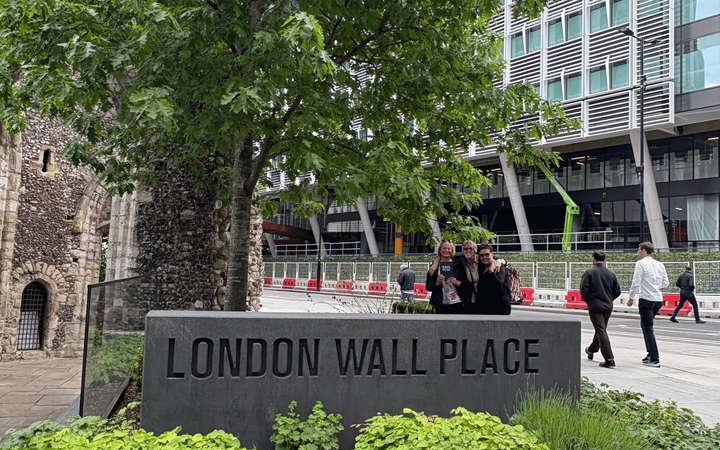
1. The London Wall
Probably the most famous remnant of Roman London that survives today is London Wall.
It was built by the Romans to protect the city and to serve as a kind of border control of both goods and people entering London. They did such a good job that the walls were still in use well into the 18th century when much of the wall was demolished (or repurposed).
Where to See It:
- Tower of London: Look out for a statue of the Roman Emperor Trajan (98-117 CE). The wall behind him is a part of the original London Wall which was later refortified in Medieval times.
- All Hallows’ Church: Although the present church was built in the 18th century, the vestry was built into the foundations of the Roman London Wall.
- Noble Street: A long section of the wall remains on display here.
- Cooper’s Row: Look out for the holes in the wall. These are where archers used to fire their arrows at enemies!
- Vine Street: A small section of the wall and a part of a Roman bastion remains in the square.
2. Old London Bridge
If you happen to walk through the arch in the tower of St Magnus the Martyr’s Church, you’ll find a fascinating Roman London secret.
Fixed to the wall of the bell tower archway is a remarkable 2,000-year-old timber piece that once formed part of a Roman wharf dating back to around AD 75.
Discovered on nearby Fish Street Hill in 1931, the timber was later moved to the churchyard, where it remains today.
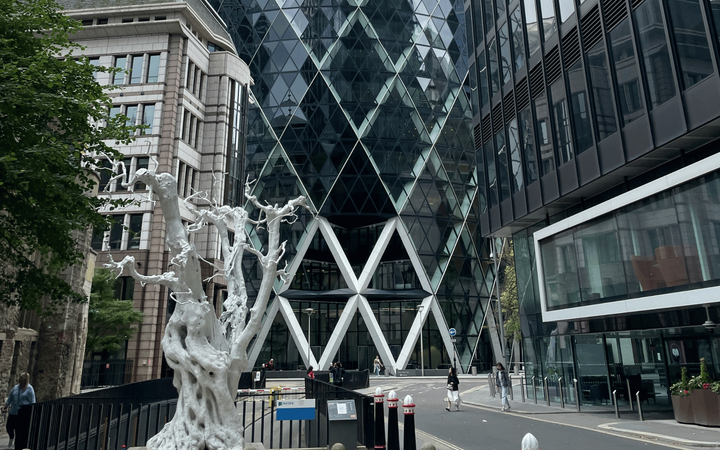
3. The Teenage Roman Girl’s Grave
The Gherkin is an iconic part of the London skyline, but to the Romans, where it stands would have marked the very edge of the city’s boundaries.
Before construction of the Gherkin began in 1995, excavators came across the skeleton of what was later confirmed to be a Roman girl.
The skeleton was housed in the Museum of London for some years, but she was reburied in 2007 close to her original grave. There is a gravestone marking her final resting place, and the inscription reads: “To the spirits of the dead, the unknown young girl from Roman London lies buried here”.
You’ll find the grave on street level outside the Gherkin.
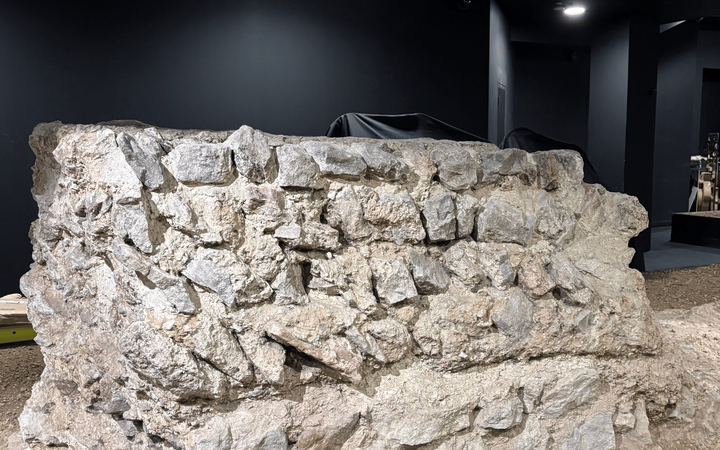
4. The Roman Amphitheatre Under Guildhall Art Gallery
Hidden beneath the Guildhall Art Gallery lies one of the most atmospheric remains of Roman London: its amphitheatre.
Discovered in the late 1980s during building works, this was once the arena where crowds gathered to watch gladiatorial combat and lively spectacles that echoed the traditions of Rome itself.
But don’t go straight inside: the markings in the stone courtyard outside the Guildhall mark the outline of where the Roman amphitheatre once were!
It is free to enter the Guildhall Art Gallery. Simply head downstairs once inside to take a look.
5. The Temple of Mithras
Tucked beneath the Bloomberg headquarters on Walbrook, this 3rd-century sanctuary was rediscovered in the 1950s and is now one of the city’s most immersive archaeological experiences.
Originally built around AD 240, this Temple once served as a meeting place for followers of the mystery cult of Mithras, a religion popular among Roman soldiers and traders.
Carefully reconstructed on its original site, the Mithraeum today gives visitors a rare chance to step directly into the spiritual world of Londinium.
The Temple of Mithras is free to enter, but advance booking is recommended.
Uncover Roman London Today
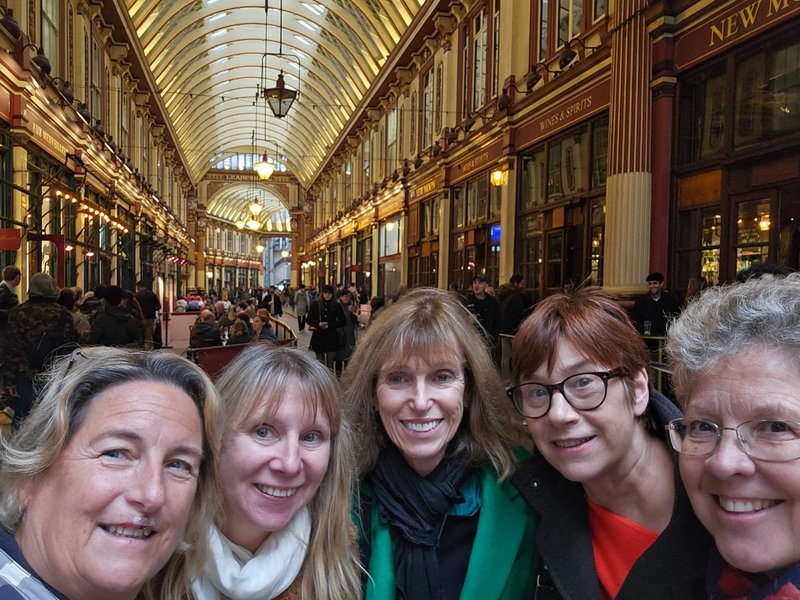
One of the best ways to discover Roman London today is to discover it for yourself by taking part in an urban treasure hunt!
Trails like these have been designed to get you exploring your surroundings and uncovering secrets that are hundreds and sometimes thousands of years old.
If you’re especially interested in finding out more about secret Roman London, take a look at The City, a trail that takes in 2000 years’ worth of London history!
Hidden Remains and Lesser-Known Finds
Not all the remains of Roman London are easy to spot or conveniently located. Here are a few of our lesser-known favourite links to Roman history in London!
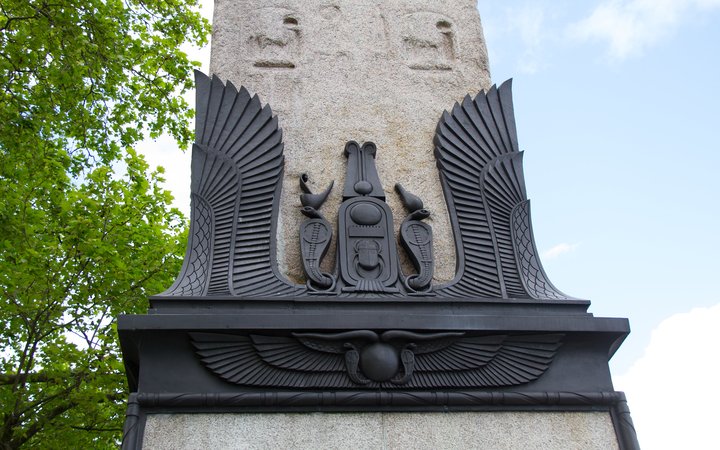
Photo: ©Tony Hisgett
6. Cleopatra’s Needle
Don’t be fooled by the name! Cleopatra’s Needle was well-known to the Romans long before it arrived on the north bank of the Thames.
The obelisk is actually named after the capsule that transported it from Alexandria to London, not the famous Queen.
However, she does have a connection with it. The Romans moved the obelisk to Alexandria in Egypt to be part of the “Caesareum”, a temple commissioned by Queen Cleopatra to commemorate Julius Caesar and Mark Antony.
7. Gog and Magog: London’s Gargoyle Guardians
Next time you find yourself on Fleet Street, head over to St Dunstan-in-the-West Church.
The clock in the bell tower is interesting for a few reasons (when it was originally installed in the 17th century, it was the first clock in London to have a second hand), but if you look closely, you’ll see the bell is hit by two giants every quarter of an hour.
These giants are named Gog and Magog, who (allegedly) became the guardians of London when the mythical figure Brutus either defeated or united with them to help build the city of London.
Find More Things to Do in London with CityDays
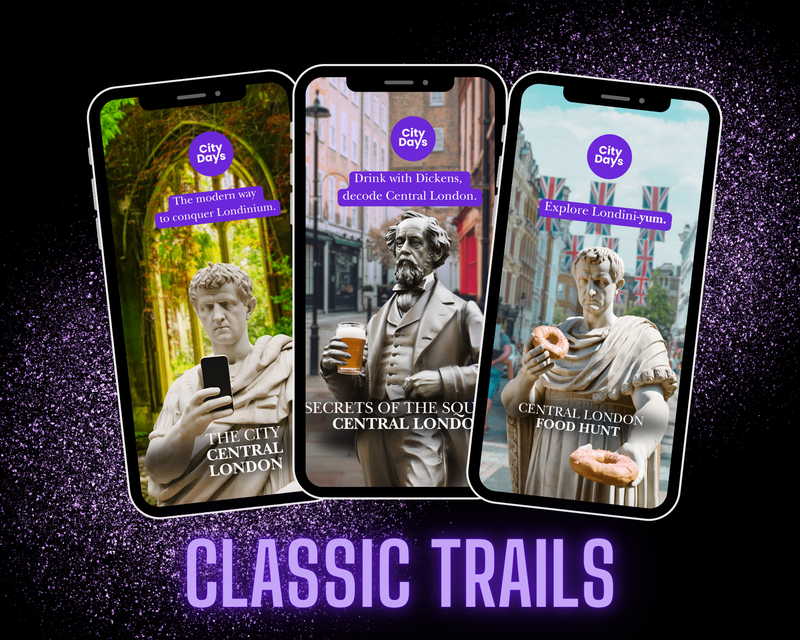
Whatever your interests are, there’s always something new for you to discover in London.
In fact, you don’t have to go out of your way at all to find them - you just have to know where to look.
Discover London’s secret sights and noteworthy nooks by playing one of our London treasure and scavenger hunts, food experiences, escape room games or walking tours.
Looking to provide the best team building activities in London? Look no further.
You’ll find curated trails and hunts all over London, including Central London, Mayfair, Shoreditch, Kensington and Southwark.
All you have to do is team up with your partner, friends, family or whoever to solve riddles, complete challenges and answer trivia to lead you on an unforgettable journey around London’s most intriguing streets!